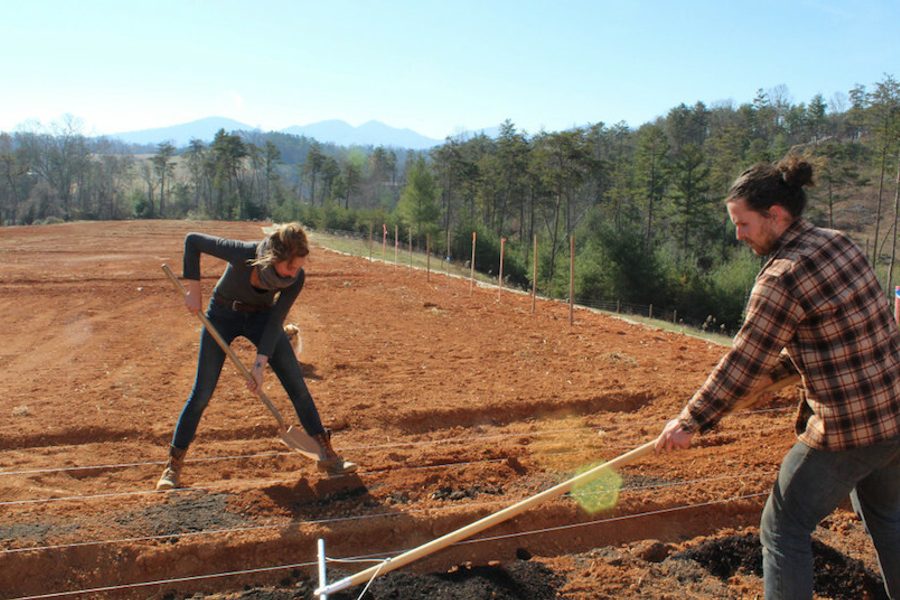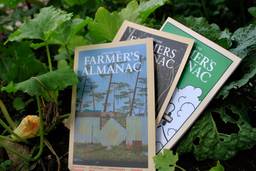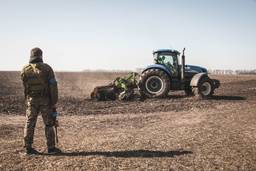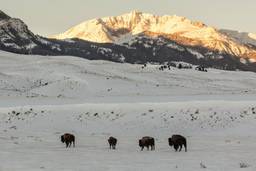Organic Farmland Regulations Unintentionally Encourage Use of Pristine Land for Food Production
Marie Burcham

As consumers become more educated about the strain conventional agriculture places on human and environmental health, the organic market is also facing an increase in demand. Industrial-scale agriculture is one of the primary causes of ecosystem and biodiversity losses. Driven by higher demand, there is increasing pressure to convert even more land for use in food production.
This land use, combined with increasing environmental pressures from climate change, pollution, and population growth, has a cumulative effect on the environment. Wild spaces are being lost at an unprecedented pace due to these pressures.
A native ecosystem is one that is largely undisrupted by human hands. In other words, it has not been tilled, logged, or significantly altered from its original character. These native ecosystems are more than just wild spaces; because they remain undisturbed environments, they are treasure troves of plant and animal biodiversity, and may even be vital to the survival of some species. Wild spaces also provide “ecosystem services,” including flood control, water filtration, and carbon sequestration, benefitting the public as a whole.
Organic agriculture should, ultimately, attempt to “do no harm” by conserving and even rehabilitating biodiversity, building good soil, and decreasing chemical inputs.
Unfortunately, the current organic regulations do not protect native ecosystems from being converted to organic farmland. The USDA organic regulations state that land being converted to organic production must “[h]ave had no prohibited substances… applied to it for a period of three years immediately preceding harvest of the crop…”
Because native ecosystems are pristine, farmers can plow up native grassland, forest, scrubland, and riparian zones and immediately start farming them “organically.” In an unpredictable economic climate, this loophole can be attractive to farmers or large corporate agribusinesses wanting to expand quickly.
While organic farms support a much higher level of biodiversity than do conventional farms, native ecosystems provide far greater benefits to plants, animals, and the human environment. Once pristine lands are lost, they are gone forever.
Overall, disincentives for the conversion of native ecosystems are necessary to prevent organic production from doing more harm than good. With hard work, the regulations that unintentionally catalyze the conversion of pristine lands can be revised.
In the meantime, certifiers, farmers, and consumers should be educated about the benefits native ecosystems provide to everyone, so as to help discourage continued conversion. These areas help farmers by supporting beneficial insects and wildlife, providing water and air filtration, and imparting natural buffers.
Farmers can obtain conservation easements to offset the economic burden of leaving land undisturbed. Finally, consumers can help shape how policy is made and interpreted by following Cornucopia’s work and making their voices heard.
[This article was previously published in the summer issue of The Cultivator, Cornucopia’s quarterly newsletter.]

I hope you found this article important. Before you leave, I want to ask you to consider supporting our work with a donation. In These Times needs readers like you to help sustain our mission. We don’t depend on—or want—corporate advertising or deep-pocketed billionaires to fund our journalism. We’re supported by you, the reader, so we can focus on covering the issues that matter most to the progressive movement without fear or compromise.
Our work isn’t hidden behind a paywall because of people like you who support our journalism. We want to keep it that way. If you value the work we do and the movements we cover, please consider donating to In These Times.




